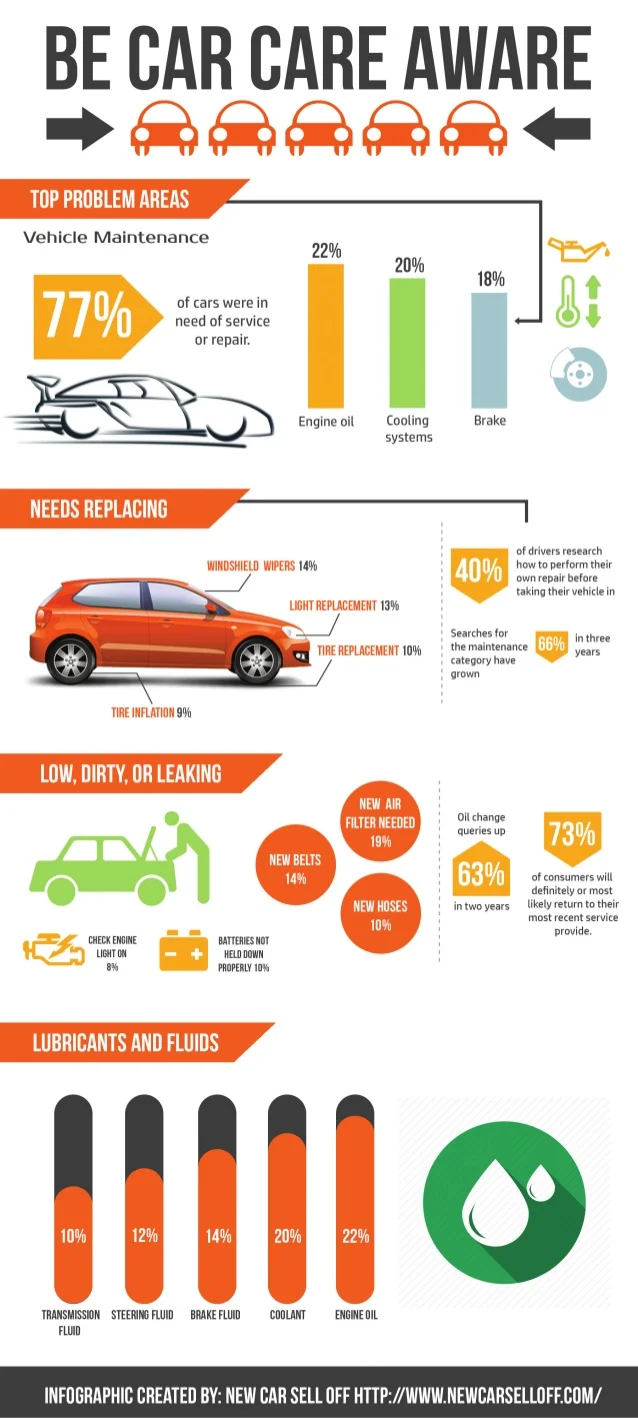Intrigued In Comprehending The Caution Lights On Your Vehicle'S Dashboard? Discover Their Value For Your Car'S Safety And Security And Total Problem
Intrigued In Comprehending The Caution Lights On Your Vehicle'S Dashboard? Discover Their Value For Your Car'S Safety And Security And Total Problem
Blog Article
Post By-Sykes Winters
When you lag the wheel, those glowing caution lights on your dashboard can be a little bit difficult. Do you recognize what they're trying to tell you concerning your automobile's wellness? Understanding the importance of these lights is important for your safety and security and the durability of your lorry. So, the next time one of those lights pops up, wouldn't you want to understand its message accurately and take the required steps to resolve it?
Common Warning Lighting and Interpretations
Identify typical warning lights in your cars and truck and understand their significances to make certain risk-free driving.
One of the most normal caution lights include the check engine light, which signals issues with the engine or discharges system. If this light comes on, it's essential to have your vehicle checked immediately.
The oil pressure cautioning light suggests reduced oil stress, requiring prompt attention to avoid engine damages.
A flashing battery light could recommend a defective charging system, potentially leaving you stranded if not attended to.
Read the Full Article monitoring system (TPMS) light alerts you to low tire pressure, impacting car stability and gas efficiency. Disregarding https://www.cbsnews.com/losangeles/news/28-arrested-112-stolen-catalytic-converters-recovered-inland-empire-auto-repair-shops-recycling-businesses/ could lead to risky driving problems.
The abdominal light shows a problem with the anti-lock stopping system, compromising your capacity to stop promptly in emergency situations.
Finally, the coolant temperature level advising light warns of engine overheating, which can result in extreme damages if not resolved swiftly.
Comprehending these typical warning lights will certainly aid you deal with problems quickly and maintain safe driving conditions.
Importance of Prompt Focus
Comprehending the common warning lights in your auto is only the primary step; the relevance of promptly attending to these warnings can not be highlighted enough to ensure your security when driving.
When a caution light brightens on your control panel, it's your vehicle's way of interacting a possible problem that requires attention. Neglecting these warnings can result in much more severe issues down the road, compromising your safety and security and potentially costing you extra out of commission.
Motivate focus to advising lights can stop failures and crashes. For instance, a flashing check engine light could suggest a misfire that, if left ignored, can cause damage to the catalytic converter. Resolving this promptly can save you from a costly fixing.
Likewise, a brake system warning light could indicate reduced brake liquid or used brake pads, essential components for your security when driving.
Do It Yourself Troubleshooting Tips
If you observe a caution light on your dashboard, there are a few DIY fixing ideas you can attempt before seeking professional help.
The first step is to consult your automobile's manual to understand what the certain caution light shows. In car wash in and out can be as straightforward as a loosened gas cap setting off the check engine light. Tightening up the gas cap might deal with the problem.
One more usual issue is a low battery, which can trigger different cautioning lights. Examining the battery links for deterioration and guaranteeing they're safe and secure might fix the problem.
If a caution light continues, you can attempt resetting it by detaching the auto's battery for a few mins and after that reconnecting it. In addition, inspecting your vehicle's fluid levels, such as oil, coolant, and brake fluid, can assist troubleshoot cautioning lights associated with these systems.
Final thought
Finally, recognizing your cars and truck's caution lights is vital for keeping your vehicle running efficiently and securely. By promptly attending to these notifies and recognizing what they indicate, you can prevent pricey fixings and prospective break downs.
Keep in mind to consult your auto's manual for particular information on each alerting light and act appropriately to make sure a trouble-free driving experience.
Stay educated, remain secure when traveling!
